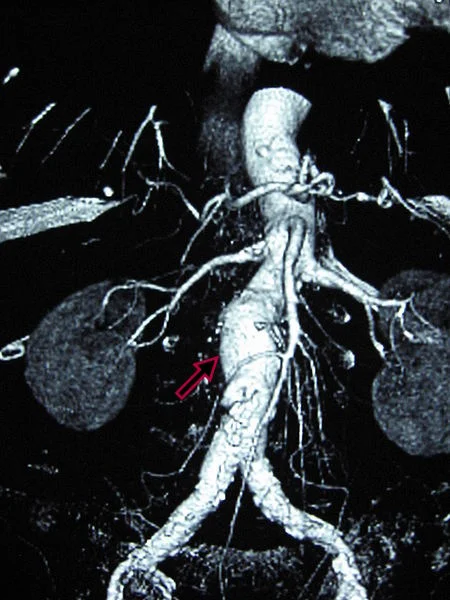"Non-cancerous growths that cause breast lumps
- Fibroadenomas are benign (not cancerous) growths and are very common. These growths most commonly occur in women 30 to 35 years old, but can also occur in women under 30 years of age. Fibroadenomas are solid, firm tumors that are usually painless or only slightly tender. They sometimes grow quickly in teenagers or during pregnancy.
- Breast cysts are fluid-filled, sacs within the breast tissue and are benign. They are very common, especially over the age of 35. These cysts often vary in size during the menstrual cycle and may be tender.
- Fibrocystic changes are characterized by breasts that are lumpy with many irregularities in the breast tissue itself. Fibrocystic breasts seem to occur when a woman's breasts are overly sensitive to fluctuating hormone levels. Women with fibrocystic changes may have painand/or lumps."
Source: https://www.medicinenet.com/breast_lumps_in_women/article.htm#what_are_causes_of_breast_lumps












